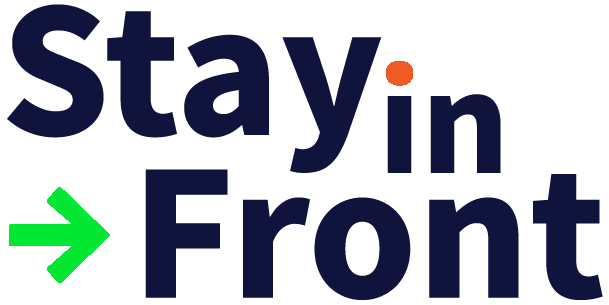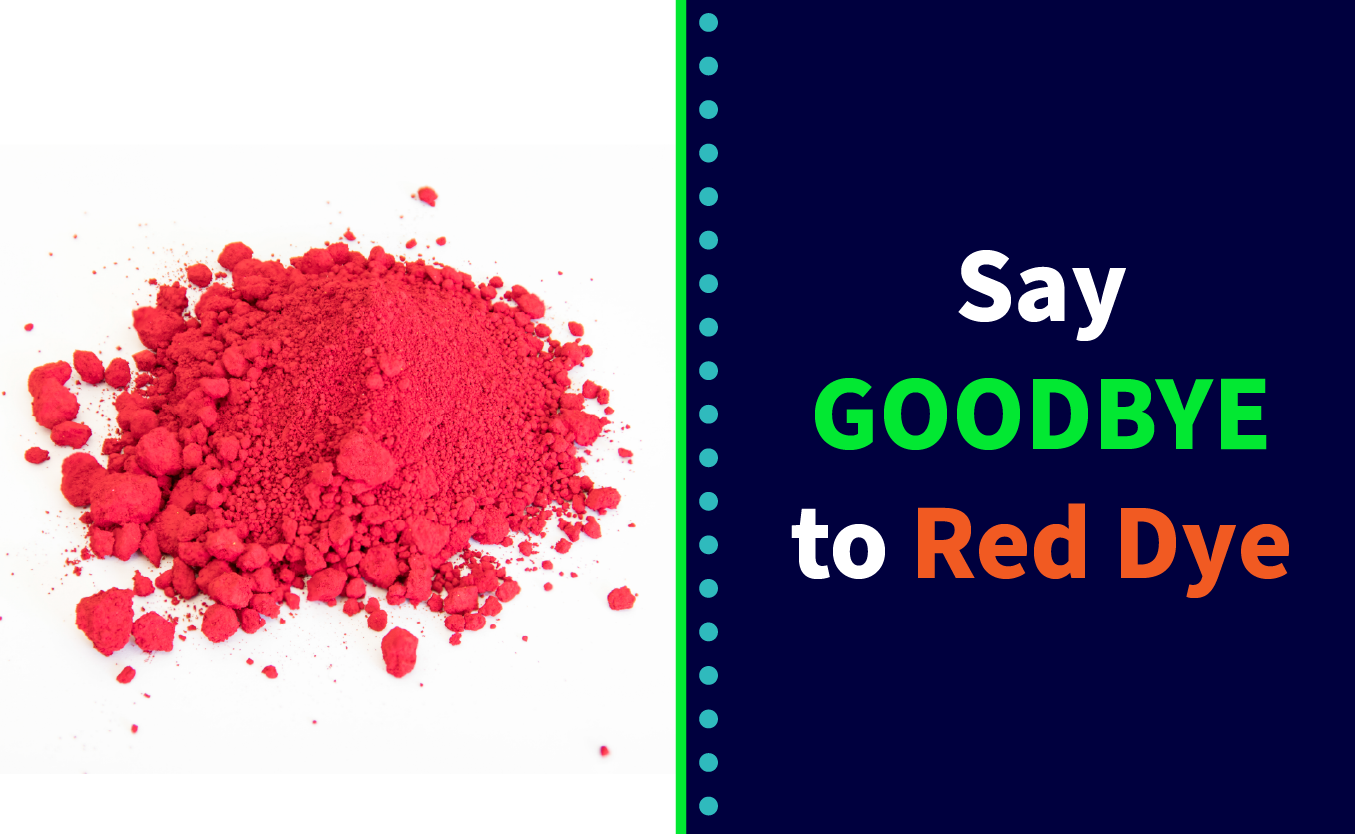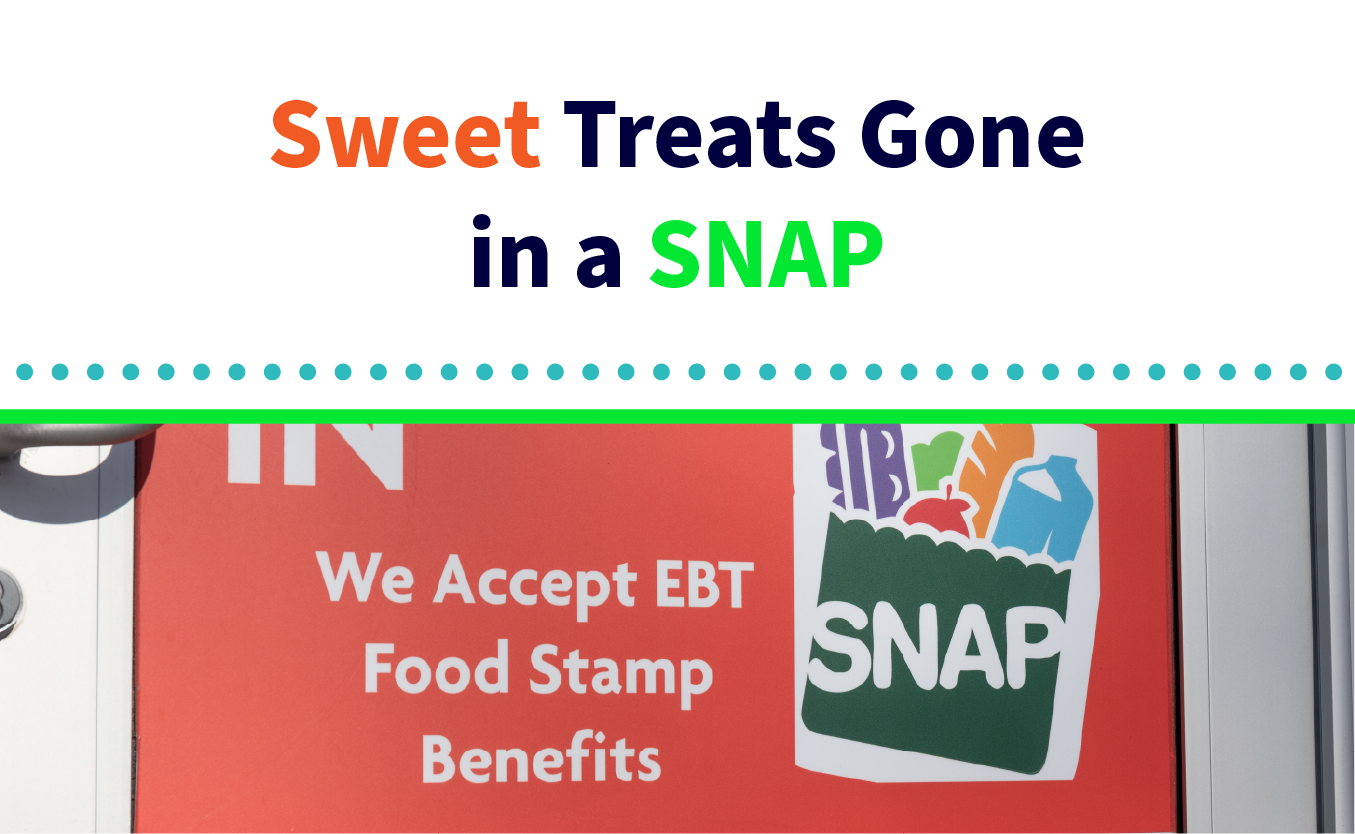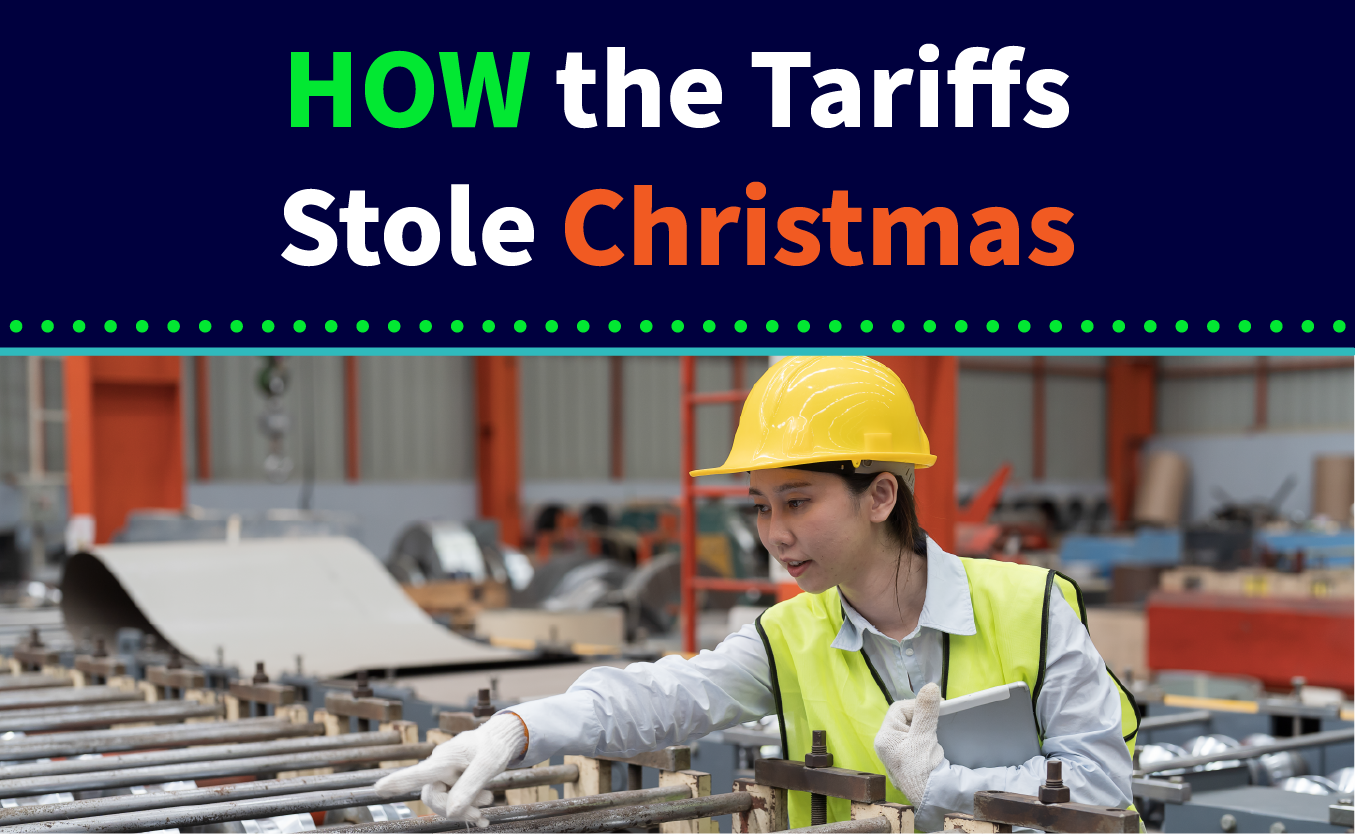WHY IS IMAGE RECOGNITION A KEY FUNCTION OF AI?
AI is revolutionizing the way we shop. It’s not only shifting how customers navigate retail landscapes but also changing the approach of professionals in the consumer goods industry.
So, how can we unite the digital world and the real world and let computers see what we see?
Image recognition (IR) technology bridges the gap and helps consumer goods professionals maximize ROI by increasing speed, accuracy, and scalability while delivering real-time results.
What is Image Recognition?
Image recognition (IR) is a sophisticated, AI-based technology that empowers machines to interpret visual data. Image recognition allows computers to isolate, identify, and interpret visual data from images and videos or the real world. IR can identify objects, patterns, or even human emotions.
Why is Image Recognition a Key Function of AI?
Image recognition is the gateway to how our smart devices, computers, and other connected systems can understand the real world. In the CPG industry, IR helps them deliver rapid results that speed up supply chains and ease customer pain points.
Image recognition plays an important role in artificial intelligence (AI). AI and image recognition technologies work together to form a computer-based system that recognizes and classifies objects or patterns based on characteristics learned during training. These systems employ complex algorithms to analyze and interpret visual content in images.
AI provides the necessary algorithms for the technology to learn and recognize patterns. IR is the process of analyzing these patterns within an image’s data. Together, they bring our technology into the real world.
How Does Image Recognition Work?
Image recognition starts with a multi-step process involving data preprocessing, feature extraction, and classification.
1. Images are preprocessed to enhance quality and reduce variability. This includes processes like resizing, normalization, and augmentation techniques to make the images more suitable to analyze.
2. Next, during feature extraction, significant characteristics within the images are identified. These features range from simple edges and textures to complex patterns determined by deep learning models, a subset of machine learning (ML).
3. The extracted features are fed into classification algorithms or neural networks to categorize the images into predefined classes. This is how the computer begins to understand that a car in an image is indeed a car.
What Are the Advantages of Image Recognition for the Consumer Goods Industry?
Consumer goods professionals can increase speed, accuracy, and scalability, all while delivering real-time results.
• Speed and Accuracy – Deep learning models can decipher complex visual data with speed and accuracy that surpass a human’s ability. In fact, convolutional neural networks (CNNs), an advanced deep learning technique, have significantly improved image recognition’s speed, accuracy, and efficiency by automating feature extraction and classification processes to include minimal human intervention. This greatly optimizes the overall process, making image recognition a more seamless, intuitive solution and an easy way for CPG professionals to improve their retail execution process.
• Real-Time Results – With the significance of cloud-based solutions, information and results from field teams can be delivered in real-time, eliminating even more delays and inefficiencies for the CPG industry. With everything conveniently located in one easy-to-use solution like StayinFront’s Retail Optimization Platform (ROP), reps can take advantage of real-time results and fully optimize their retail execution in-store and beyond. ROP allows reps to get a full view of shelf conditions, make the right decisions to drive growth and sell the right promotions. This flexibility saves time and ensures the entire team can react to the ever-changing market conditions while staying mobile.
• Scalability – Image recognition can perfectly detect deviations or anomalies, like incorrect shelf placements or out-of-stock products, faster and more efficiently than the human eye. This technology scales with its users’ needs and can adapt to the growing demands within the CPG industry. A rep can scan a shelf in-store, check inventory in their van, or survey an entire shipment in a factory. Scalability provides new opportunities for growth.
Anomalies and Out-of-Stocks
Competition is fiercer than ever in the digital age and the savvy CPG brands that focus on methods for improving customer experience and retention are staying on top.
How can businesses improve the shopper experience before products hit the shelves?
A customer will likely reach for a competitor if your product is misplaced, mislabeled, or out-of-stock. In recent years, we’ve witnessed the results of prolonged strain on global supply chains because of critical, worldwide events like the COVID-19 pandemic.
As a result, 43% of shoppers indicated they are more likely to switch to a new brand after experiencing two or more stock-outs, and 65% of shoppers said they have been more inclined to buy a new product when their usual brand is out-of-stock. Frustrating out-of-stock conditions prove that even the most loyal customers can change their shopping habits, leaving even the most successful brands vulnerable.
By creating an AI-powered planogram and sending immediate feedback, field teams have the power to win at the shelf using StayinFront Interactive Shelf. This innovative solution visually highlights incorrect and missing items. It captures real-time feedback to ensure your products are always picture perfect and your team is one step ahead of out-of-stocks.
Image Recognition: An AI-Powered Solution For Growth
AI is a game-changing tool that can enhance various aspects of the retail environment for CPG professionals, drive efficiency, and improve customer satisfaction.
Let’s Connect!
Level up your retail execution with AI-powered image recognition solutions from StayinFront! Visit our website or contact a StayinFront rep to learn more. Know More. Do More. Sell More.
